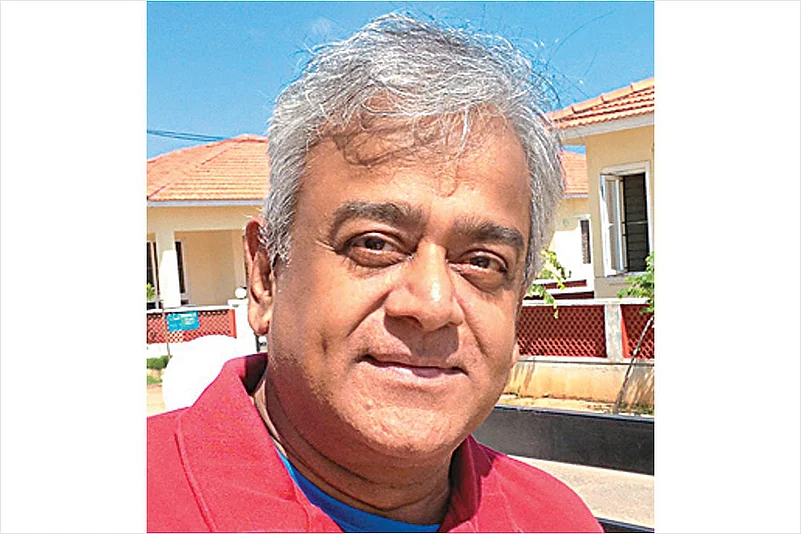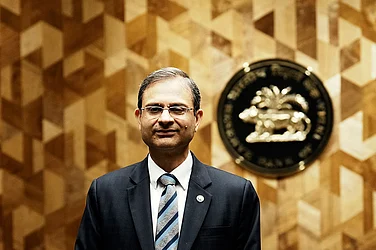The New Oxford Shakespeare was published about a year ago as a new rendering of works by the Bard of Avon. It did something unique. It formally credited Christopher Marlowe as a co-author of some parts of Henry VI. That other writers were involved in the writing of his plays has always been acknowledged, yet the works are attributed solely to Shakespeare. This is the first time someone is making an outright assertion like this. How come? Algorithms.
The publishers say their algorithms can identify the different strands of writing by different writers within any given manuscript—by some nifty maths and computational linguistic analytics. Big Data has finally met the Big Dada of literature.
Quantitative analytics is now entrenched as a pivotal part of humanities and social sciences. It라이브 바카라 no longer just argumentation and narratives. And computing infrastructure has improved at a high velocity in all its aspects: hardware, software and algorithms.
And the data is now literally ‘everywhere’, particularly behaviour data that the digital platforms simply accumulate. Together, they add a richness to the understanding of society and social aspects like never before. It라이브 바카라 not an accident that it라이브 바카라 called social media. Everyone of such disciplines as literature, history, media studies, political science and sociology are no longer the soft subjects that they have been. As the discipline changes its configuration, it라이브 바카라 also drawing a new generation of students.
For long, the social sciences were the squishy subjects that a lot of mediocre boys and brilliant girls ended up with. The brighter boys invariably chose engineering, medicine, whatever. Many brilliant girls ended up in sociology and psychology for a range of reasons, notably to do with parents: they did not want the daughter to go to another city for college, or stay in an engineering college hostel and so on.
The schools were complicit in this, as they competed amongst themselves on the pass percentages and PCM scores and so on. So the students in the top ranks in class 10 simply just had to take the science stream. No matter that they eventually end up in some quantitative analyst job at some financial back office—after four years of studying ‘engineering’.
But no longer. I reckon a tipping point was some four or five years ago, when there was a pivot towards the ‘liberal arts’ away from engineering. That was amid the emergence of a new generation of parents, who were comfortable with their children pursuing whatever they wished. None of the Engineering/Medicine/Computer Science hang-ups. And fought the school라이브 바카라 suggestions to ‘counsel the child’ to take up science.
Today, this new breed of aspirants also have a new set of institutions to choose from: Ashoka varsity, the integrated MA at IIT Madras, the five-year programme in Management at IIM Indore are just a few of the refreshingly different alternatives.
One shortcoming still persists: the maths, statistics and quantitative techniques in the social sciences are at very basic levels (assuming they are offered). This is the single-biggest reason for the students from these streams failing to make it to the top percentiles in the IIM selection tests (CAT). The top echelons of the CAT continues to be overwhelmed by engineers.
Peter Drucker called Management a true liberal art. But the management institutions have structured the tests with a rather strong quantitative component—and are stuck with the applicant pool that ends up with engineers floating up to the top ranks, willy-nilly. True, IIMs are striving to boost intake of non-engineers by using different cut-offs. The problem lies elsewhere. These students leave serious maths behind from Class 11 onwards.
In contrast, look at the IAS and civil services. Humanities and social sciences had always been popular with civil services aspirants and they do well too!바카라 웹사이트 Engineers have never really dominated this pool, the way they do in the MBA selection.
Maybe both the selection processes have different kinds of parallax errors. The CAT needs to crank down its quantitative part a tad; the civil services to crank it up. Both have ‘administration’ as their goals, but emphasise different mix of competencies by virtue of the design of their tests. You get what you test for. Amidst all this, we are now seized by rapid changes that are afoot in software automation and artificial intelligence. Text Analytics, Machine Learning, Face Recognition, Affect Computing to infer emotion...these are just some instances of metrics and methods that are going mainstream. Digital India would require that the managerial cadres in the government are comfortable with up-to-date quantitative methods too.
So correcting the imbalances and skews in the course curricula and the various entrance tests is now an urgent need. “We must take the current when it serves or lose our ventures,” as William Shakespeare himself said. Or was it his co-author?
(The writer is a specialist in consumer behaviour.)














